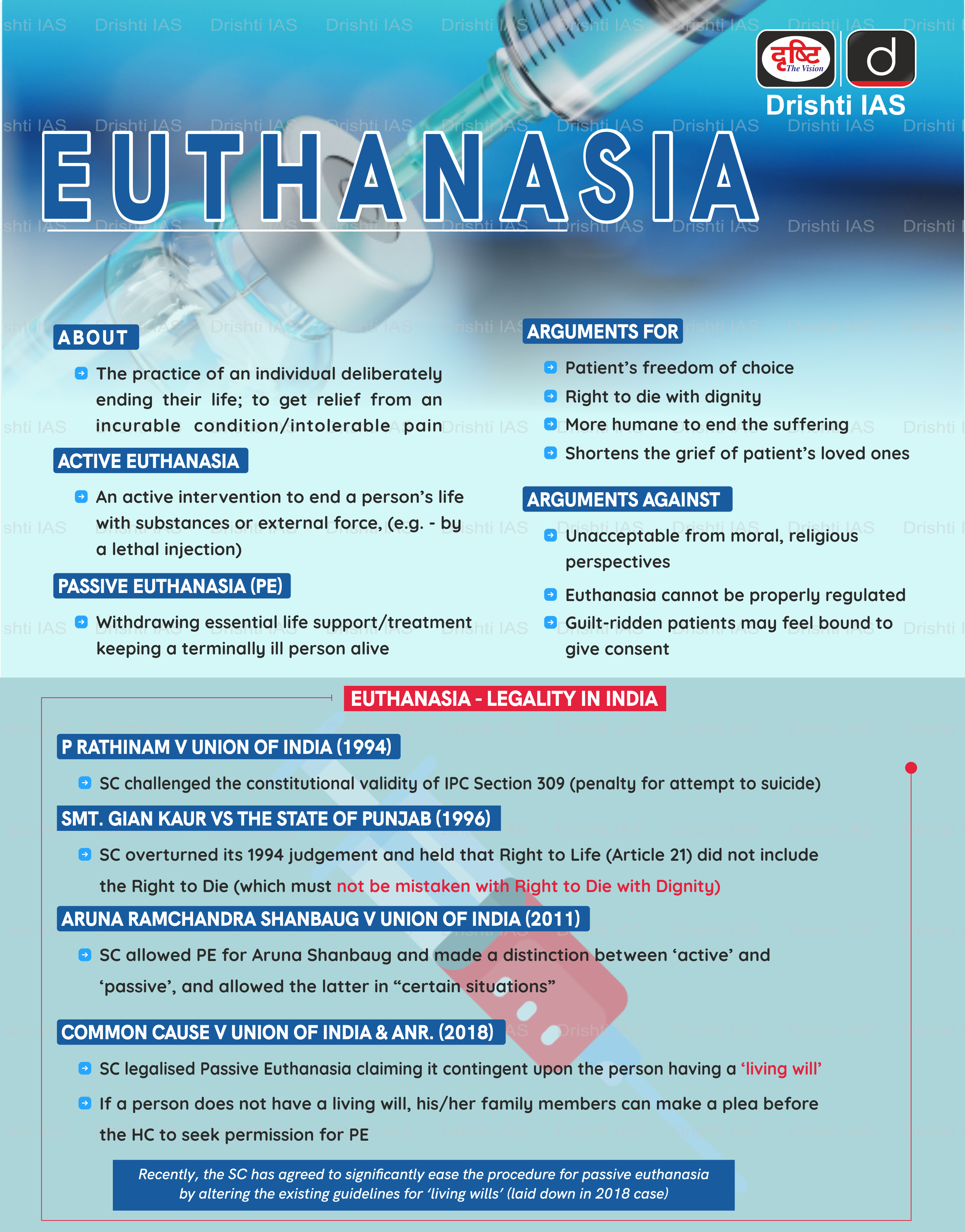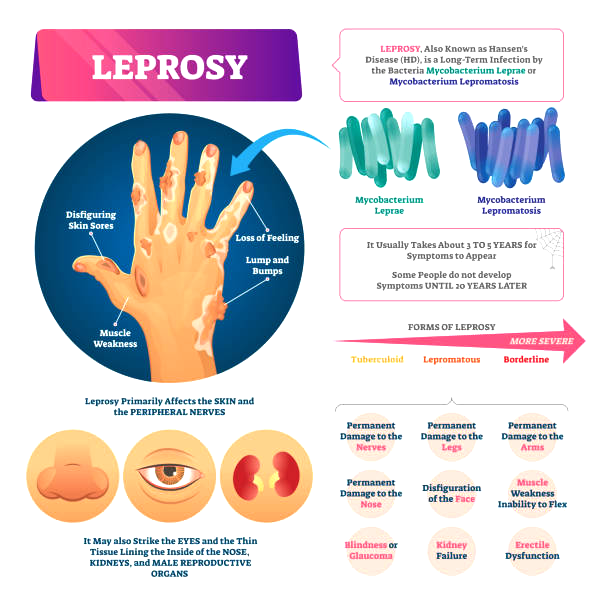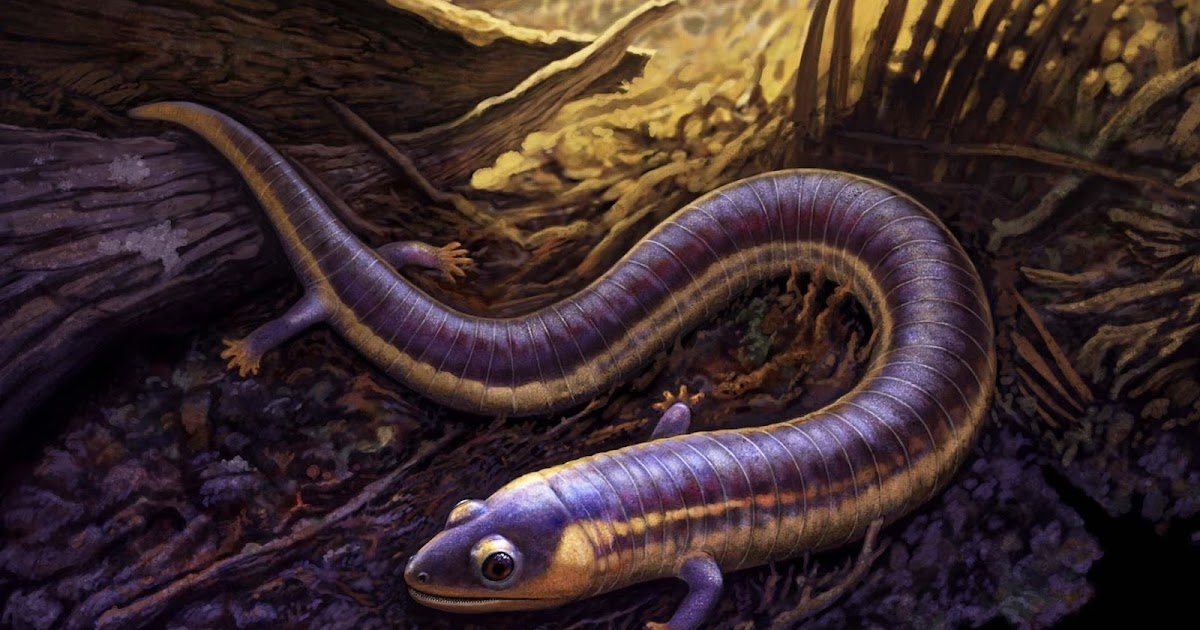Infographics
Governance
All India Survey on Higher Education 2020-2021
For Prelims: All India Survey on Higher Education (AISHE) 2020-2021, Institution Density, Gross Enrolment Ratio, Pupil-teacher ratio, Gender Parity Index, Gross Enrolment Ratio, Persons with Disabilities, National Education Policy (NEP)
For Mains: Major Highlights of the AISHE Data, Current Major Issues Related to India’s Higher Education System.
Why in News?
The Union Ministry of Education released data from the All India Survey on Higher Education (AISHE), 2020-2021, which showed a 7.5% increase in student enrolments across the country compared to 2019-20.
- The survey also revealed that in 2020-21, the year when the Covid-19 pandemic began, there was a 7% rise in enrolments in distance education programmes.
What is the AISHE?
- To portray the status of higher education in the country, the Ministry of Education has endeavored to conduct an annual web-based AISHE since 2010-11.
- Data is being collected on several parameters such as teachers, student enrolment, programmes, examination results, education finance, infrastructure.
- Indicators of educational development such as Institution Density, Gross Enrolment Ratio, Pupil-teacher ratio, Gender Parity Index, Per Student Expenditure will also be calculated from the data collected through AISHE.
- These are useful in making informed policy decisions and research for development of the education sector.
What are the Major Highlights of the AISHE Data?
- Student Enrolment:
- Gross Enrolment Ratio (GER) for all enrolments (as per 2011 Census) increased by over 2 points to 27.3.
- The highest enrolment was seen at the undergraduate level, which accounted for 78.9% of all enrolments.
- The female enrolment in higher education programmes had increased to 49% of total enrolments in 2020-21 compared to 45% in 2019-20.
- But, the overall figures for Science, technology, engineering, and mathematics(STEM) enrolments (at all levels of higher education) showed that women lagged behind men, who accounted for over 56% of enrolments in these fields.
- Gender Parity Index (GPI), the ratio of female GER to male GER, has increased from 1 in 2017-18 to 1.05 in 2020-21.
- The number of students in the Persons with Disabilities category dropped in 2020-21 to 79,035 from 92,831 in 2019-20.
- The proportion of Muslim students enrolling for higher education dropped to 4.6% in 2020-21 from 5.5% in 2019-20.
- Uttar Pradesh; Maharashtra; Tamil Nadu; Madhya Pradesh; Karnataka and Rajasthan are the top 6 States in terms of number of students enrolled.
- Gross Enrolment Ratio (GER) for all enrolments (as per 2011 Census) increased by over 2 points to 27.3.
- Universities and College: During 2020-21, the number of universities has increased by 70, and the number of colleges has increased by 1,453.
- The 21.4% government colleges accounted for 34.5% total enrolments in 2020-21, whereas the rest 65.5% enrolments were seen at private aided colleges and private unaided colleges put together.
- Uttar Pradesh; Maharashtra; Karnataka; Rajasthan; Tamil Nadu; Madhya Pradesh; Andhra Pradesh and Gujarat are the top 8 States in terms of number of colleges.
- Faculty: The female per 100 male faculty has improved to 75 in 2020-21 from 74 in 2019-20 and 63 in 2014-15.
What are the Current Major Issues Related to India’s Higher Education System?
- Faculty Shortage: AISHE 2020-21 showed that the teacher-pupil ratio was at 27 for all universities, colleges and standalone institutions and at 24 if only regular mode is considered due to which the quality of education remains a concern.
- Inadequate Infrastructure: Poor infrastructure is another challenge to higher education in India.
- Due to the budget deficit, corruption and lobbying by the vested interest group, public as well as private sector universities in India lack the necessary infrastructure.
- Regulatory Issues: Management of Indian higher education faces challenges of lack of accountability, transparency, and professionalism.
- As a result of the increase in the number of affiliated colleges and students, the burden of administrative functions of universities has significantly increased and the core focus on academics and research is diluted.
- Problem of Brain Drain: Due to cutthroat competition for getting admission in top institutes like IITs and IIMs, a challenging academic environment is created for a large number of students in India, so they prefer going abroad, which makes our country deprived of good talent.
- There is definitely a quantitative expansion of education in India but the qualitative front (essential for a student to get a job) is lagging behind.
How can the Indian Higher Education System be Revolutionized?
- Implementation of National Education Policy (NEP): The implementation of the NEP can help shake the education system from its slumber.
- Moving away from the current 10+2 system to a 5+3+3+4 system will bring the pre-school age group formally into the education set-up.
- Education-Employment Corridor: India's educational setup needs to be enhanced by integrating vocational learning with mainstream education and providing right mentorship at school (especially in government schools) to ensure that students are guided in the right direction from the start and are aware of career opportunities.
- Taking a Note from Past to Future: It is important to look to the future while keeping our long-established roots in mind.
- The ancient evaluation of education was not restricted to grading thematic knowledge. Students were assessed on the skills they learned and how well they can apply practical knowledge to real-life situations.
- The modern education system can also devise similar systems of assessment.
- The ancient evaluation of education was not restricted to grading thematic knowledge. Students were assessed on the skills they learned and how well they can apply practical knowledge to real-life situations.
UPSC Civil Services Examination, Previous Year Question (PYQ)
Prelims
Q. Which of the following provisions of the Constitution does India have a bearing on Education? (2012)
- Directive Principles of State Policy
- Rural and Urban Local Bodies
- Fifth Schedule
- Sixth Schedule
- Seventh Schedule
Select the correct answer using the codes given below:
(a) 1 and 2 only
(b) 3, 4 and 5 only
(c) 1, 2 and 5 only
(d) 1, 2, 3, 4 and 5
Ans- (d)
Mains
Q1. How have digital initiatives in India contributed to the functioning of the education system in the country? Elaborate on your answer. (2020)
Q2. Discuss the main objectives of Population Education and point out the measures to achieve them in India in detail. (2021)

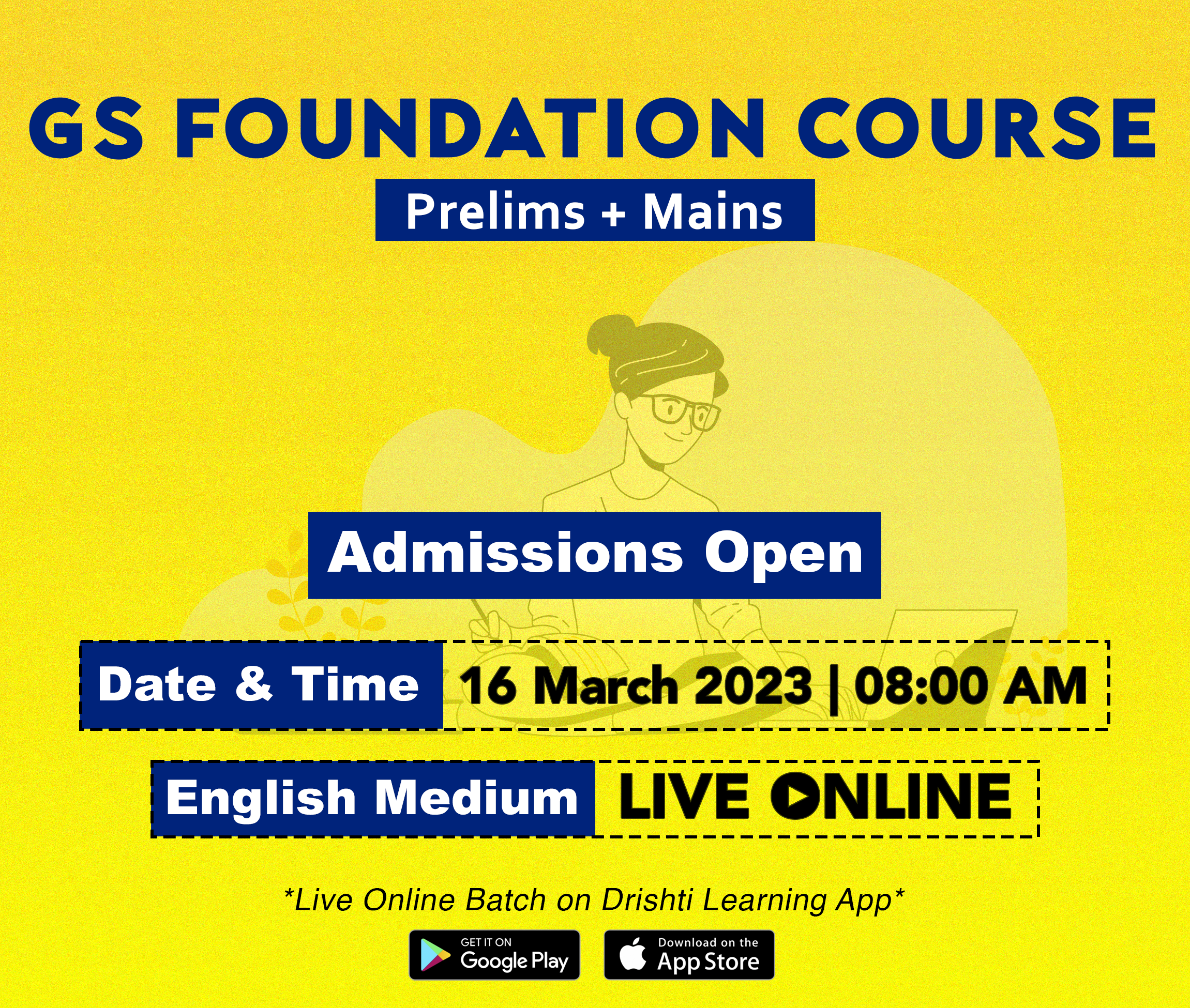
Governance
National IPR Policy
For Prelims: Intellectual property Rights (IPR), International Treaties, Related Initiatives
For Mains: Need for IPR, Treaties, Regulation of IPR, Issues Related to IPR Regime.
Why in News?
Since the inception of the National Intellectual Property Rights (IPR) Policy, both the IPR ecosystem in this country has witnessed many changes However, it appears that the patent establishment of the country overdrive to prove its patent-friendliness, rather patentee-friendliness.
- As per the structural and legislative changes in the IPR, the dissolution of the Intellectual Property Appellate Board (IPAB) took place in 2021 and dedicated IP divisions were established in the Delhi High Court to address the issues.
What is the National IPR Policy?
- About:
- The Department for Promotion of Industry and Internal Trade (DPIIT) under the Ministry of Commerce adopted the National Intellectual Property Rights (IPR) Policy in 2016.
- The main goal of the policy is "Creative India; Innovative India".
- The policy covers all forms of IP, seeks to create synergies between them and other agencies, and sets up an institutional mechanism for implementation and review.
- DPIIT is the nodal department for IPR development in India and the Cell for IPR Promotion & Management (CIPAM) under DPIIT is the single point of reference for implementing the policy.
- India's IPR regime complies with World Trade Organisation's (WTO) agreement on Trade Related Aspects of Intellectual Property (TRIPS).
- The Department for Promotion of Industry and Internal Trade (DPIIT) under the Ministry of Commerce adopted the National Intellectual Property Rights (IPR) Policy in 2016.
- Objectives:
- IPR Awareness: Outreach and promotion are important to create public awareness about the economic, social and cultural benefits of IPRs among all sections of society.
- Generation of IPRs: To stimulate the generation of IPRs.
- Legal and Legislative Framework: To have strong and effective IPR laws, which balance the interests of rights owners with larger public interest.
- Administration and Management: To modernise and strengthen service-oriented IPR administration.
- Commercialisation of IPRs: Get value for IPRs through commercialisation.
- Enforcement and Adjudication: To strengthen the enforcement and adjudicatory mechanisms for combating IPR infringements.
- Human Capital Development: To strengthen and expand human resources, institutions and capacities for teaching, training, research and skill building in IPRs.
What are Intellectual Property Rights?
- About:
- IPR are the rights given to persons over the creation of their minds. They usually give the creator an exclusive right over the use of his/her creation for a certain period of time.
- These rights are outlined in Article 27 of the Universal Declaration of Human Rights, which provides for the right to benefit from the protection of moral and material interests resulting from authorship of scientific, literary or artistic productions.
- The importance of intellectual property was first recognized in the Paris Convention for the Protection of Industrial Property (1883) and the Berne Convention for the Protection of Literary and Artistic Works (1886).
- Both treaties are administered by the World Intellectual Property Organization (WIPO).
- Types of IPR:
- Copyrights:
- The rights of authors of literary and artistic works (such as books and other writings, musical compositions, paintings, sculpture, computer programs and films) are protected by copyright, for a minimum period of 50 years after the death of the author.
- Industrial Property:
- Protection of distinctive signs, in particular trademarks and geographical indications:
- Trademarks
- Geographical Indications (GIs)
- Industrial Designs and Trade Secrets:
- Other types of industrial property are protected primarily to stimulate innovation, design and the creation of technology.
- Copyrights:
- Need for IPR:
- Encourages Innovation:
- The legal protection of new creations encourages the commitment of additional resources for further innovation.
- Economic Growth:
- The promotion and protection of intellectual property spurs economic growth, creates new jobs and industries, and enhances the quality and enjoyment of life.
- Safeguard the Rights of Creators:
- IPR is required to safeguard creators and other producers of their intellectual commodity, goods and services by granting them certain time-limited rights to control the use made of the manufactured goods.
- Ease of Doing Business:
- It promotes innovation and creativity and ensures ease of doing business.
- Transfer of Technology:
- It facilitates the transfer of technology in the form of foreign direct investment, joint ventures and licensing.
- Encourages Innovation:
What are the Treaties and Conventions related to IPR?
- Global:
- India is a member of the WTO and committed to the Agreement on TRIPS Agreement.
- India is also a member of WIPO, a body responsible for the promotion of the protection of intellectual property rights throughout the world.
- India is also a member of the following important WIPO-administered International Treaties and Conventions relating to IPRs:
- Budapest Treaty on the International Recognition of the Deposit of Microorganisms for the Purposes of Patent Procedure
- Paris Convention for the Protection of Industrial Property
- Convention Establishing the World Intellectual Property Organization
- Berne Convention for the Protection of Literary and Artistic Works
- Patent Cooperation Treaty
- National:
- Indian Patent Act 1970:
- This principal law for patenting system in India came into force in the year 1972. It replaced the Indian Patents and Designs Act 1911.
- The Act was amended by the Patents (Amendment) Act, 2005, wherein product patent was extended to all fields of technology including food, drugs, chemicals and microorganisms.
- Indian Patent Act 1970:
What are the Issues Related to IPR Regime?
- Patent-Friendliness Over Public Health: The National IPR Policy recognizes the contribution of the Indian pharmaceutical sector in providing affordable medicines globally. However, India's patent establishment has prioritized patent-friendliness over public health and national interest in the pharmaceutical sector.
- Data Exclusivity: Foreign investors and Multi-National Corporations (MNCs) allege that Indian law does not protect against unfair commercial use of test data or other data submitted to the government during the application for market approval of pharmaceutical or agro-chemical products. For this, they demand a data exclusivity law.
- Resulting in Anti-Competitive Market: The Patents Act has four stakeholders: society, government, patentees, and their competitors, and interpreting and enforcing the act to only benefit patentees undermines the rights of other stakeholders and leads to anti-competitive market outcomes.
Conclusion
- It is not sufficient to just promote a pro-IPR environment to attract investment. The promotion of IPR should be balanced with the national interest and public health obligations. "Make in India" should not compromise "Atmanirbhar Bharat", and the latter should take priority.
UPSC Civil Services Examination, Previous Year Questions (PYQs)
Prelims
Q1. With reference to the ‘National Intellectual Property Rights Policy’, consider the following statements: (2017)
- It reiterates India’s commitment to the Doha Development Agenda and the TRIPS Agreement.
- Department of Industrial Policy and Promotion is the nodal agency for regulating intellectual property rights in India.
Which of the above statements is/are correct?
(a) 1 only
(b) 2 only
(c) Both 1 and 2
(d) Neither 1 nor 2
Ans: (c)
Q2. Consider the following statements: (2019)
- According to the Indian Patents Act, a biological process to create a seed can be patented in India.
- In India, there is no Intellectual Property Appellate Board.
- Plant varieties are not eligible to be patented in India.
Which of the statements given above is/are correct?
(a) 1 and 3 only
(b) 2 and 3 only
(c) 3 only
(d) 1, 2 and 3
Ans: (c)
Mains
Q. In a globalized world, Intellectual Property Rights assume significance and are a source of litigation. Broadly distinguish between the terms—Copyrights, Patents and Trade Secrets. (2014)

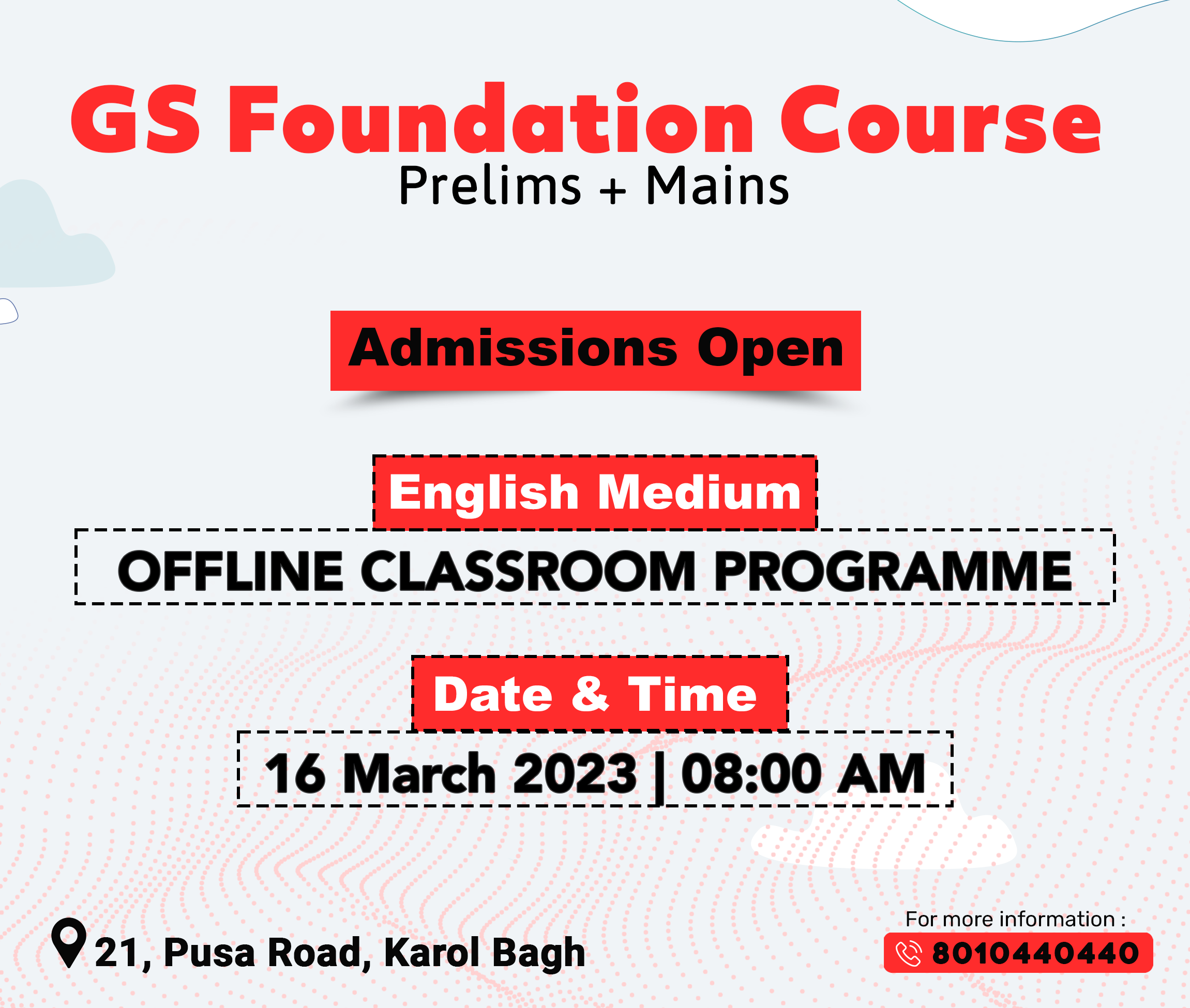
Governance
GACs to Address Complaints Against Social Media Platforms
For Prelims: Social Media, Cyber Surakshit Bharat Initiative, Cyber Swachhta Kendra, Online cybercrime reporting portal, Indian Cyber Crime Coordination Centre (I4C).
For Mains: Initiatives Related to Social Media.
Why in News?
Recently, the Union government notified the formation of three Grievance Appellate Committees (GACs) that will address user complaints against social media and other internet-based platforms.
- These panels will also be empowered to oversee and revoke content moderation-related decisions taken by these platforms.
What are GACs?
- Composition:
- Each of the three GACs will have a chairperson, two whole-time members from different government entities and retired senior executives from the industry for a term of three years from the date of assumption of office.
- The First Panel: It will be chaired by the chief executive officer of the Indian Cyber Crime Coordination Centre under the Ministry of Home Affairs.
- The Second Panel: It will be chaired by the joint secretary in charge of the Policy and Administration Division in the Ministry of Information and Broadcasting.
- The Third Panel: It will be chaired by a senior scientist at the Ministry of Electronics and IT (MeitY).
- Each of the three GACs will have a chairperson, two whole-time members from different government entities and retired senior executives from the industry for a term of three years from the date of assumption of office.
- Solving of Conflicts:
- The GACs will deal with two categories of disputes:
- Violation of law and rights of users including the right to free speech and privacy
- Contractual dispute between a platform’s community guidelines and a user
- The GACs will deal with two categories of disputes:
- Functions:
- The GACs will act also act as a layer of a tech-sector regulator that the MeitY is expected to prescribe under the upcoming Digital India Bill, which is the successor to the Information Technology Act, 2000.
- The GACs will adopt an online dispute resolution mechanism where the entire appeal process, from its filing to the final decision, will be done online.
- Any person aggrieved by a decision of the grievance officer of a social media intermediary will be allowed to file an appeal to the GAC within a period of thirty days.
- The GAC will have to deal with the appeal and resolve it within a month of receipt of the appeal.
- Significance & Need:
- GAC is a critical piece of overall policy and legal framework to ensure that the internet in India is open, safe & trusted and accountable.
- The need for GAC was created due to large numbers of grievances being left unaddressed or unsatisfactorily addressed by Internet Intermediaries.
- It is expected to create a culture of responsiveness amongst all internet platforms and Intermediaries towards their consumers.
- Criticism:
- The proposal has previously drawn criticism over fears that government-appointed panels will be able to dictate content-moderation decisions taken by social media firms.
What are Present Government Initiatives for Cyber Security?
UPSC Civil Services Examination, Previous Year Questions (PYQs)
Prelims
Q. In India, it is legally mandatory for which of the following to report on cyber security incidents? (2017)
- Service providers
- Data centres
- Body corporate
Select the correct answer using the code given below:
(a) 1 only
(b) 1 and 2 only
(c) 3 only
(d) 1, 2 and 3
Ans: (d)
Mains
Q. What are social networking sites and what security implications do these sites present? (2013)

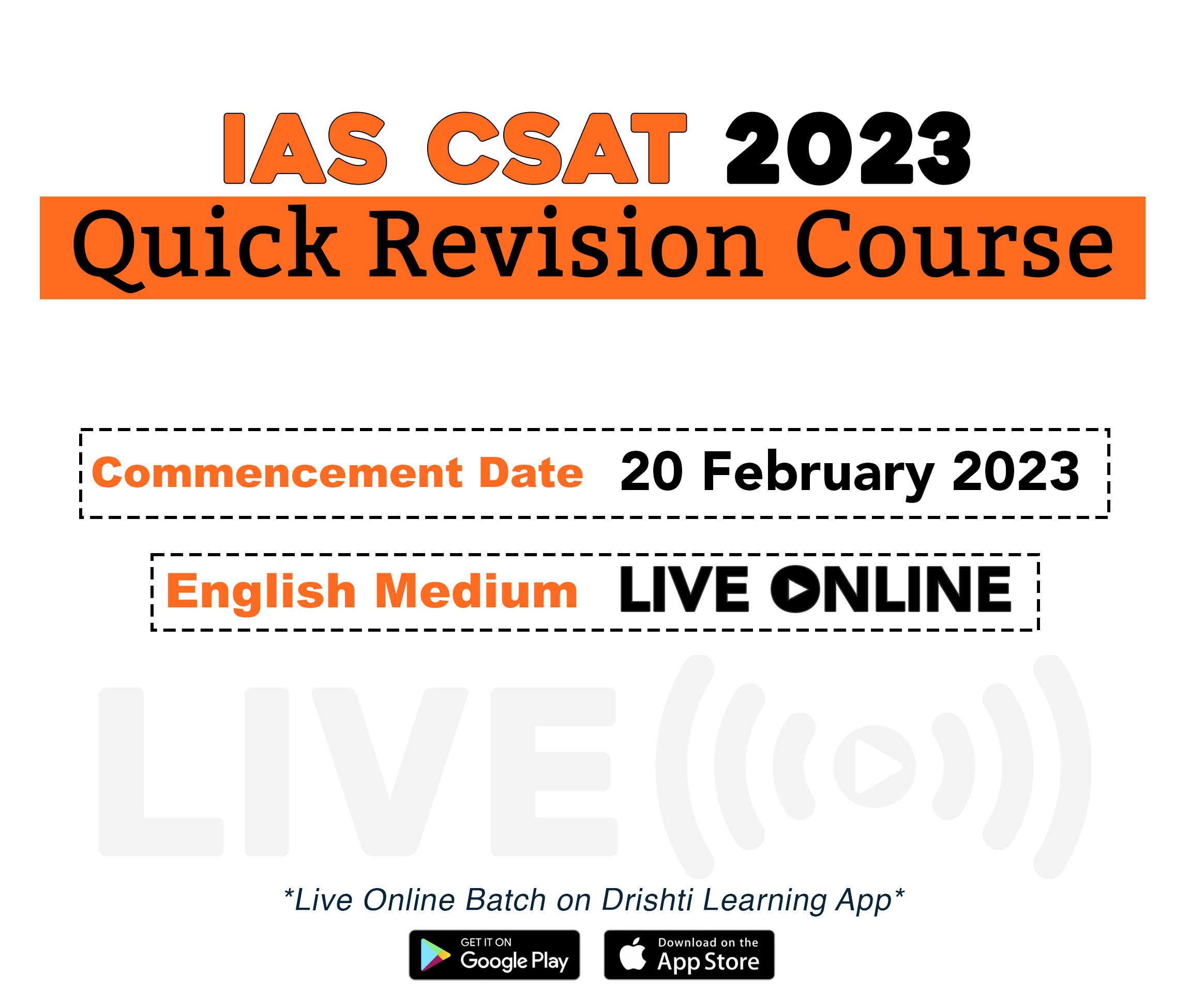
Ethics
Ideals of Mahatma Gandhi
For Prelims: Mahatma Gandhi, Martyrs’ Day, Untouchability, Martin Luther King in the United States, Aung San Suu Kyi in Myanmar, Communal Harmony.
For Mains: Major Gandhian Ideologies, Relevance of Gandhiji in Today’s Context.
Why in News?
The Nation pays tribute to Mahatma Gandhi on his 75th death anniversary on 30th January 2023. The day is also observed as Martyrs' Day.
What are the Major Gandhian Ideologies?
- Vision for India: Gandhi's vision for India went beyond political independence from colonial rule.
- He aimed for social emancipation, economic empowerment, and a shared sense of solidarity across different language, religion, and cultural backgrounds.
- Non-violence: Gandhi was a strong advocate of non-violence and believed that it was the most powerful weapon in the struggle for justice and freedom.
- He also believed that non-violence should be a way of life, not just a political strategy, and that it would lead to lasting peace and social harmony.
- Gandhi was a leader who inspired and empowered the people through love and compassion.
- Against Discrimination: Gandhi travelled all over India and saw the different cultural parts of the country. He brought people together by highlighting the common things that united them, like their faith.
- Gandhi strongly believed in treating everyone equally, regardless of religion or caste. He was against discrimination and the practice of untouchability.
- Secular Outlook: Gandhi was a Hindu but believed in a secular India, where all religions could exist peacefully together. He was very upset about the partition of India, which was based on religion.
- Today, it is important to remember Gandhi's values of peace, inclusiveness, and harmony as these values are still relevant.
- Communal Harmony: Gandhi was a firm believer in the unity of all communities and worked tirelessly to promote communal harmony.
- He believed that India's strength lay in its diversity and that this diversity should be celebrated, not feared.
- He was deeply troubled by the Hindu-Muslim divide and worked to bring the two communities together.
- Self-Reliance: Gandhi believed in the importance of self-reliance and encouraged Indians to become self-sufficient in as many ways as possible.
- He encouraged the use of local resources and traditional skills and the development of cottage industries.
- He also believed that the people of India should take responsibility for their own development and not rely on external support.
What is the Relevance of Gandhiji in Today’s Context?
- The ideals of truth and nonviolence, which underpin the whole philosophy, are relevant to all humankind, and are considered as universal by the Gandhians.
- More than ever before, Mahatma Gandhi's teachings are valid today, when people are trying to find solutions to the rampant greed, widespread violence, and runaway consumptive style of living.
- The Gandhian technique of mobilising people has been successfully employed by many oppressed societies around the world under the leadership of people like Martin Luther King in the United States, Nelson Mandela in South Africa, and Aung San Suu Kyi in Myanmar, which is an eloquent testimony to the continuing relevance of Mahatma Gandhi.
- The Dalai Lama said, "We have a big war going on today between world peace and world war, between the force of mind and the force of materialism, between democracy and totalitarianism." It is precisely to fight these big wars that the Gandhian philosophy needed in contemporary times.
UPSC Civil Services Examination, Previous Year Question (PYQ)
Prelims
Q1. Who among the following is associated with ‘Songs from Prison’, a translation of ancient Indian religious lyrics in English? (2021)
(a) Bal Gangadhar Tilak
(b) Jawaharlal Nehru
(c) Mohandas Karamchand Gandhi
(d) Sarojini Naidu
Ans: (c)
Q2. With reference to the British colonial rule in India, consider the following statements: (2019)
- Mahatma Gandhi was instrumental in the abolition of the system of ‘indentured labour’.
- In Lord Chelmsford’s ‘War Conference’, Mahatma Gandhi did not support the resolution on recruiting Indians for World War.
- Consequent upon the breaking of Salt Law by Indian people, the Indian National Congress was declared illegal by the colonial rulers.
Which of the statements given above are correct?
(a) 1 and 2 only
(b) 1 and 3 only
(c) 2 and 3 only
(d) 1, 2 and 3
Ans: (b)
Mains
Q. Bring out the constructive programmes of Mahatma Gandhi during Non-Cooperation Movement and Civil Disobedience Movement. (2021)

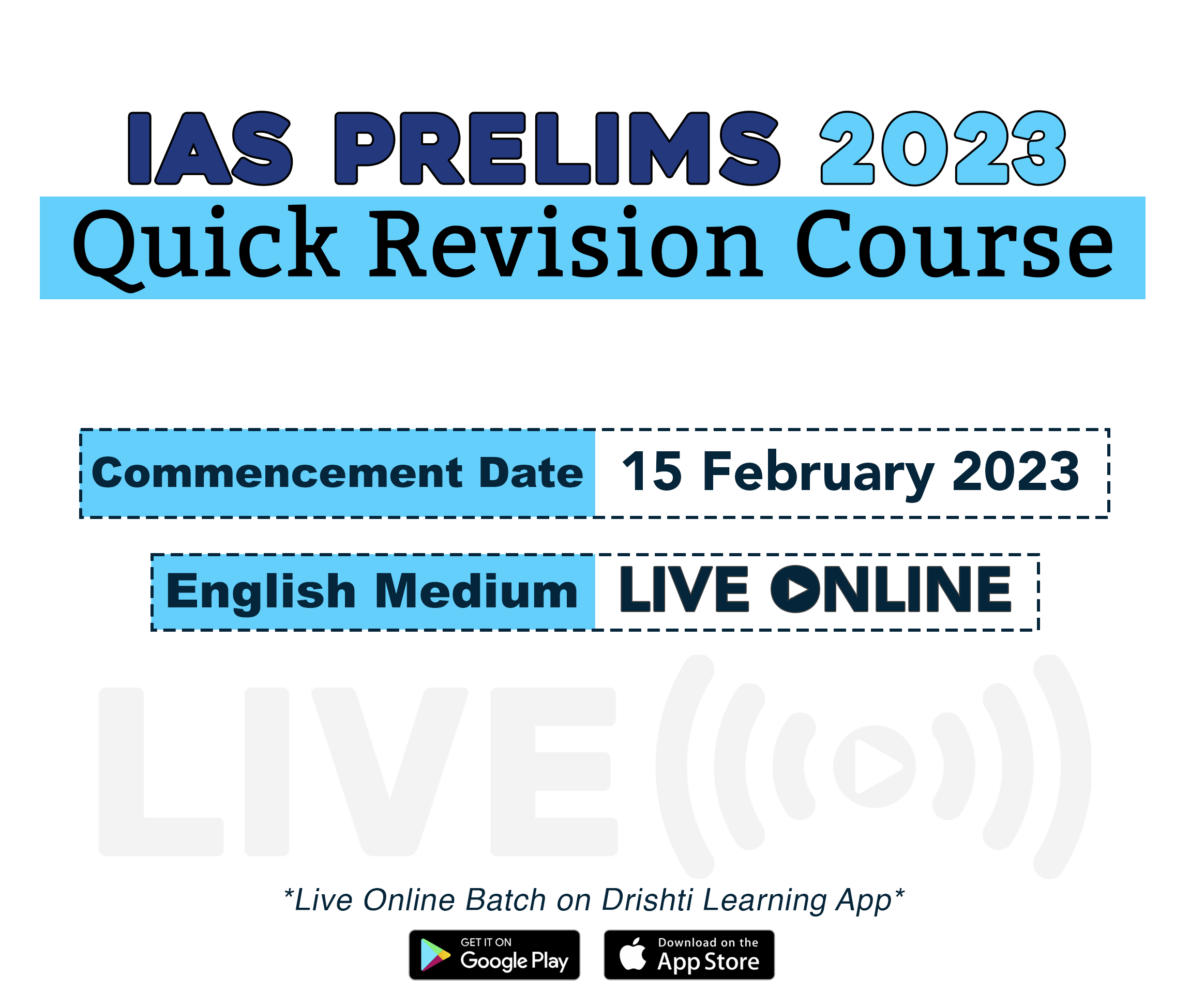
Economy
Recent Wave of Tech Layoffs
Prelims: Global Layoffs, Economic Recession, GDP, Employment, Russia-Ukraine Conflict, Covid-19.
Mains: Impact of Global Layoffs on India.
Why in News?
The International Business Machines Corp (IBM) has announced that it would be laying off about 3,900 employees.
- It is the latest in the series of Big Tech layoffs in 2022, the tech sector alone shed more than 1,50,000 employees, with several more job cuts being announced since the start of the new year, over 40,000.
- The biggest tech companies in the US (Alphabet, Amazon, Microsoft, and Facebook-owned Meta) have accounted for 51,000 of the tech layoffs in recent months.
What causes these Layoffs?
- Looming Recession:
- The Covid-19 Pandemic had already slowed down the growth and in 2022, when the pandemic eased, Russia invaded Ukraine and central banks around the world started sounding caution about an impending recession.
- These companies are apprehensive of potential economic recession, with inflation soaring in most parts of the world.
- The International Monetary Fund (IMF) has cited forecasts for global GDP (Gross Domestic Product) growth in both 2022 and 2023 as gloomy, given the pandemic and ongoing Russia-Ukraine Conflict.
- Dismal Growth:
- Alphabet had posted lower-than-expected numbers for its third financial quarter, where it fell behind both revenue and profit expectations.
- Growth has indeed slowed down from pandemic levels, analysts also project that the five big tech companies, including Apple, are headed to report dismal profits for the October to December (2022) period.
- A Reuters analysis states that Amazon is expected to report that earnings fell 38% and revenue grew at the slowest pace in more than 22 years.
- Cost Cutting:
- Cost-cutting is one of the main reasons for lay off because the companies are not making enough profits to cover their expenses or because they need substantial extra cash to address paying off debt.
- Indian Startups have also faced this trouble with media reports saying that more than ten thousand employees have been laid off by startups in mainly the edtech and ecommerce sectors in 2022.
- Cost-cutting is one of the main reasons for lay off because the companies are not making enough profits to cover their expenses or because they need substantial extra cash to address paying off debt.
- Decreasing Dependence on Online Platform:
- Along with the ease in pandemic, peoples’ sparing more time on internet has gone down, resulting in heavy losses to these big tech companies.
- During Pandemic the overall consumption saw an upsurge following which the companies went to increase their output to meet the market requirements, which has significantly come down.
How will the Layoffs affect Indian Professionals?
- Between 30% to 40% of those laid off are Indian IT professionals, a significant number of whom are on H-1B and L1 visas.
- The H-1B visa is a non-immigrant visa that allows U.S. companies to employ foreign workers in special occupations that require theoretical or technical expertise.
- Technology companies depend on it to hire tens of thousands of employees each year from countries like India and China. A sizable number of them are now scrambling for options to stay in the U.S. to find a new job in the stipulated few months that they get under these foreign work visas after losing their jobs.
What’s the Job Situation for Tech Workers in India?
- More than 20,000 workers at the country’s startups in sectors like edtech and e-commerce were handed pink slips in 2022, as investors who just a year ago had infused large sums of capital in the market pulled back.
- Already in 2023, startups like Swiggy, which in January became a decacorn — a firm with a valuation of USD 10 billion or more — recently laid off 380 employees, and Google-backed ShareChat fired 20% or around 400 of its workforces.
- Cab-hailing firm Ola, which had already fired more than 2,000 workers 2022 following a failed bid to scale up its quick commerce vertical, let go of 200 employees earlier this year.
What can be the Impact of Layoffs?
- Loss to the Workers:
- Layoffs can be damaging psychologically as well as financially to the affected workers as well as their families, communities, colleagues, and other businesses.
- Loss of Prospects:
- Indian workers who have been laid-off have a big worry. If they are unable to find a new employer within 60 days, they are faced with the prospect of leaving the U.S. and re-entering later.
- To make matters worse, the prospects of these Indian workers back home are also weak.
- Most Indian IT companies have frozen or slowed down hiring as recessionary fears in the U.S. and high inflation in Europe have kept demand low.
- Decreases Customer Prospect:
- When a company lays off its employees it sends out a message to customers that it is undergoing some sort of crisis.
- Emotional Distress:
- The person who is laid off suffers the most distress, but remaining employees suffer emotionally as well. The productivity level of employees who work in fear is likely to go down.
Way Forward
- Indian startups grew at a faster pace than its neighboring regions. Just because a startup had touched a sky-high valuation did not immediately mean its employees’ jobs were insured.
- Voluntary retirement programs can enable individuals to transition to retirement smoothly.

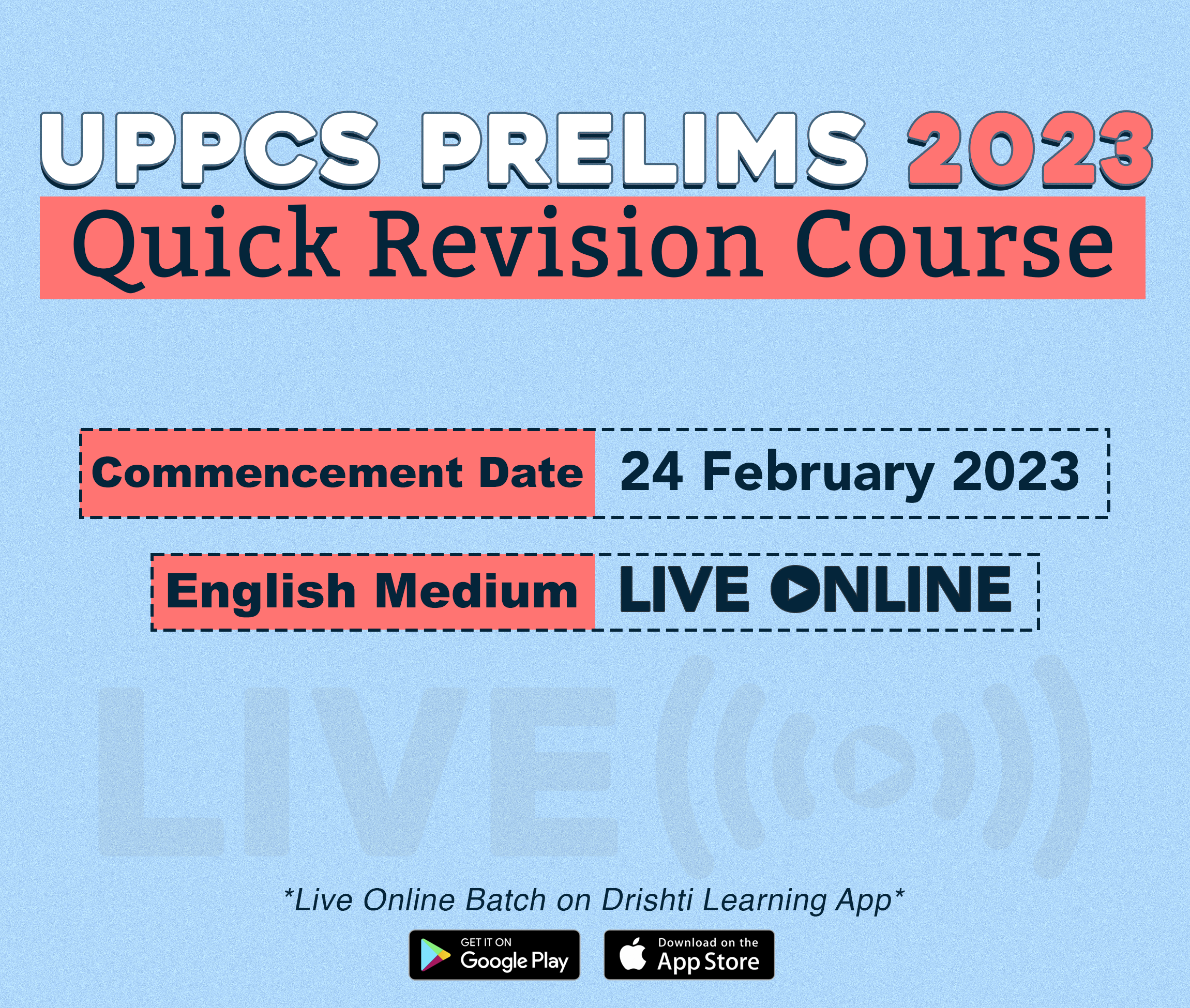
Important Facts For Prelims
World Leprosy Day 2023
Why in News?
Every year last Sunday in January is observed as Leprosy Day. This year, it falls on 29th January. Leprosy is also known as Hansen's disease.
- The day is observed to provide an opportunity to lift up the voices of people affected by leprosy across the world.
What are the Key Points of the Day?
- Theme 2023: Act Now, End Leprosy.
- History: World Leprosy Day was established in 1954 by French philanthropist Raoul Follereau.
- Objective: The main objective was to raise awareness about leprosy disease and to teach people about this ancient disease that is now easily curable.
- Various people across the world are not aware of the disease, lack of access to basic medical care, and continued stigma surrounding the illness.
What is Leprosy?
- About:
- Leprosy is a chronic infectious disease which is caused by a type of bacteria called Mycobacterium leprae.
- Leprosy is a Neglected Tropical Disease (NTD) which still occurs in more than 120 countries, with more than 200000 new cases reported every year.
- Leprosy is a chronic infectious disease which is caused by a type of bacteria called Mycobacterium leprae.
- Symptoms:
- The disease mainly affects the skin, the peripheral nerves, mucosa of the upper respiratory tract and eyes.
- Transmission:
- Leprosy is transmitted via droplets, from the nose and mouth, during close and frequent contact with untreated cases.
- Treatment:
- Leprosy is curable with MDT (multi drug therapy) and treatment in the early stages can prevent disability. The disease is not hereditary, leprosy does not transmit from parents to children.
- Scenario:
- In 2021, as many as 1,40,000 new leprosy cases were reported, with 95% of new cases coming from the 23 global priority countries. Of these, 6% were diagnosed with visible deformities or grade-2 disabilities (G2D).
- Although leprosy affects both sexes, in most parts of the world males are affected more frequently than females, often in the ratio of 2:1, according to WHO’s Global Leprosy Report.
- Over 6% of the new cases were children under the age of 15.
- Despite a 10% increase in new cases from 2020 to 2021, the reported cases were 30% lower in 2021 than in 2019.
- This is not due to a decrease in transmission, but because the leprosy cases remained undetected due to Covid-19-related disruptions.
- Indian Efforts:
- In 2017, the government launched nationwide Sparsh Leprosy Awareness Campaign (SLAC) which aims at communicating the importance of early detection and treatment of leprosy.
- National Leprosy Eradication Programme (NLEP) focuses on both prevention and cure, especially in endemic regions. A Leprosy Case Detection Campaign was launched in March 2016, involving house-to-house screening and referral of patients for diagnosis.
- Introduction of an indigenously developed vaccine for leprosy into the NLEP. The vaccine, known as Mycobacterium indicus pranii (MIP), has been developed by National Institute of Immunology. This vaccine will be administered as a preventive measure to those staying in close contact with leprosy patients.
- Indian research contributed to the development of Multi-Drug Therapy or MDT, now recommended by WHO, which led to the shortening of treatment and higher cure rates.
- The fight against leprosy has to be measured against sensitivity displayed by society. Removal of the stigma is vital. More than laws, our attitude to leprosy has to change, doing away with discrimination.


Important Facts For Prelims
Senna Spectabilis
Why in News?
Kerala has come out with a management plan to eradicate Senna spectabilis, the exotic invasive plant that is posing a severe threat to the State’s wildlife habitat.
- The management plan stipulates that there should not be an attempt to kill the trees before a detailed reforestation programme and the resources for implementing it are in place.
What is Senna spectabilis?
- Senna spectabilis is a deciduous tree native to tropical areas of America.
- It grows up to 15 to 20 metres in a short period of time and distributes thousands of seeds after flowering.
- The thick foliage of the tree arrests the growth of other indigenous tree and grass species. Thus, it causes food shortage for the wildlife population, especially herbivores.
- It also adversely affects the germination and growth of the native species.
- It is categorised as ‘Least Concern’ under IUCN Red List.
What is the Eradication Plan?
- The plan envisages landscape-level management of the tree.
- Once the resources and material for landscape restoration are ready, the invasive species has to be removed using a threefold approach for large trees, large saplings, and small saplings.
- The large trees need to be debarked from breast height downwards (1.3 m above ground level), including the collar part of the tree. Once done, the trees should be visited once a month to remove the new growth across the debarked area.
- The larger saplings can be uprooted using specially designed weed pullers.
- The third is the removal of small plantlets which need to be removed mechanically.
- The large trees would take a minimum of 18 months to completely dry up after debarking.
What is an Invasive Species?
- An invasive species is an organism that causes ecological or economic harm in a new environment where it is not native.
- They are capable of causing extinctions of native plants and animals, reducing biodiversity, competing with native organisms for limited resources, and altering habitats.
- They can be introduced to an area by ship ballast water, accidental release, and most often, by people.
- There are many invasive species in India. For eg: Charru Mussel, Lantana bushes, Indian Bullfrog, etc.

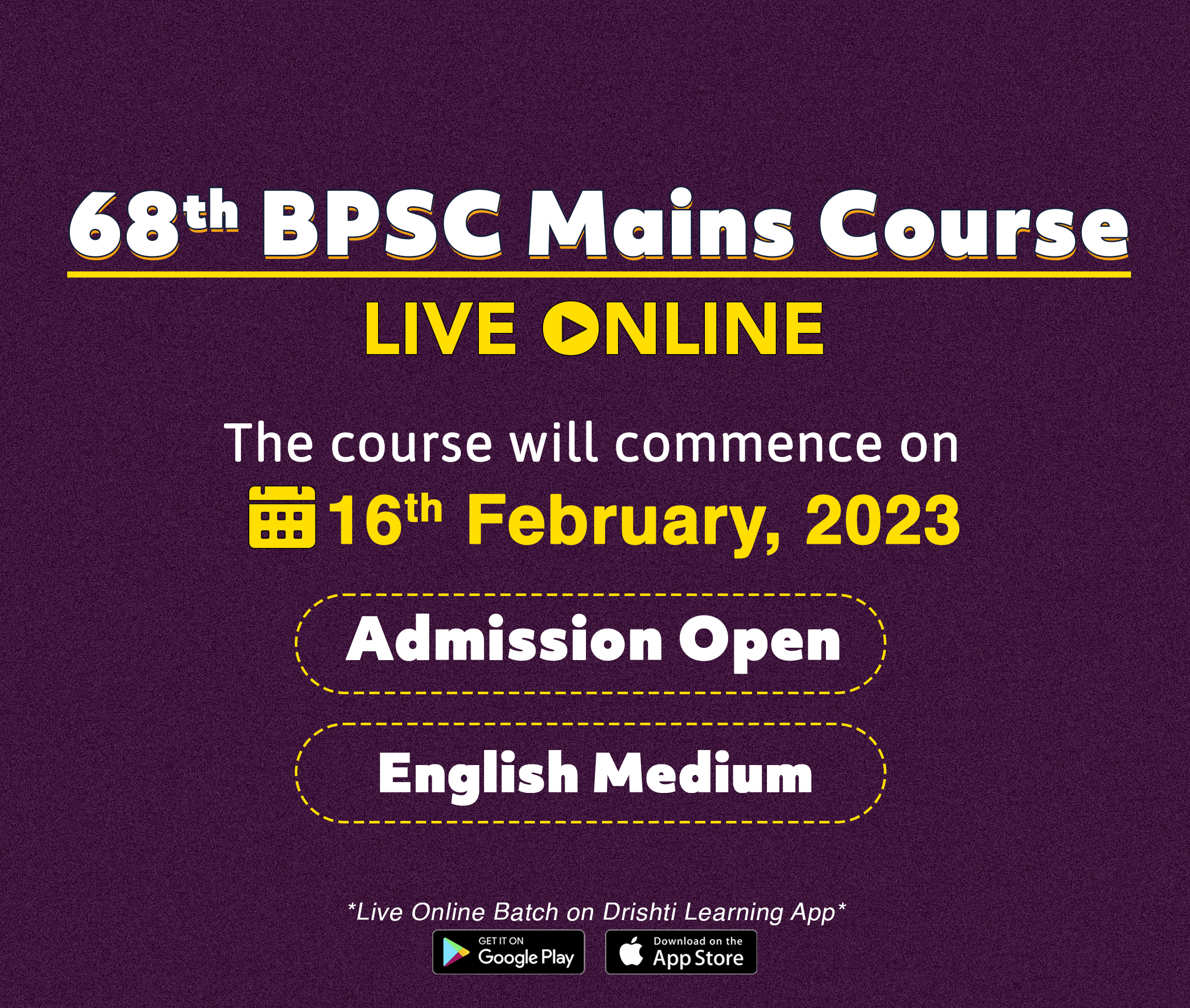
Important Facts For Prelims
Advisory on Public Service Broadcasting’ Obligation
Why in News?
Recently, the Information and Broadcasting Ministry clarified that private TV channels must show programs about important national issues and topics that matter to society for 30 minutes every day, under the “Guidelines for Uplinking and Downlinking of Television Channels in India, 2022”.
What are the Key Points Related to the Advisory?
- Voluntary Nature: The government wants private TV channels to show information of national importance to the public voluntarily, and they can check and make sure they are following the rules themselves.
- Topics Included: The Ministry stated that TV stations should include topics such as education and literacy, agriculture and rural development, health and family welfare, science and technology, women and minority welfare, protection of the environment and culture, and national unity in their programs.
- The topics listed (such as education and health) are suggestions and can be expanded to include others like disaster management and water conservation.
- Reporting: They need to submit a report to the government each month.
- They will need to include a certificate in their annual report.
- But foreign channels that only show programs in languages not listed in the Eight Schedule of the Indian Constitution will not have to follow these rules.
- Channels that mainly show sports or religious programs will not have to submit the monthly reports either.
What are Guidelines for Uplinking and Downlinking of Satellite Television Channels in India 2022?
- To deal with issue of permissions to the companies registered in India for Uplinking and Downlinking of TV Channels, setting up of Teleports/ Teleport Hubs, use of Digital Satellite News Gathering (DSNG)/ Satellite News Gathering (SNG)/ Electronic News Gathering (ENG) systems, these guidelines were introduced.
- It includes:
- New Guidelines ease compliance for Television Channels
- No prior Permission for Live Telecast of Events
- Indian Teleports may uplink Foreign Channels
- Obligation to telecast content in National/Public Interest.


Rapid Fire
Rapid Fire Current Affairs
5th Khelo India Youth Games
The Union Minister of Sports and Youth Affairs inaugurated the 5th edition of Khelo India Youth Games 2022 in Madhya Pradesh at the Tatya Tope Nagar Stadium (Bhopal).
Around 6000 players from across the country will try their sports skills for more than 900 medals in 27 sports events of these games. For the first time sports like kayaking, canoeing, canoe slalom and fencing will be part of the Khelo India Youth Games.
The theme for this edition is - 'Hindustan Ka Dil Dhadka Do'.
The Khelo India Youth Games was started in 2018 under the name Khelo India School Games. The aim of these games is to find and groom sports talents at the local level and train them for national and international sports events.
India’s sports budget has also been increased to Rs. 2000 crores and in the next 5 years, a budget of Rs. 3200 crores will be given for Khelo India.
Read More - Khelo India Youth Games (KYIG)
US Boeing 747
The era of Boeing’s 747, the original and arguably most aesthetic “Jumbo Jet” has come to an end after its 5+ decades long run as “Queen of the Skies”. It was designed in the late 1960s to meet demand for mass travel. The jumbo also made its mark on global affairs, symbolizing war and peace across the world (such as the US’ ‘Doomsday Plane’ and another one nicknamed as ‘Shepherd’).
India won U19 Women’s T20 World Cup
The Indian Under-19 women's cricket team created a new history on 29th January, 2023 by becoming the first champions of the ICC U-19 T20 Women’s World Cup. The team was led by Shafali Verma.
This victory is significant because it is the first time that the Indian women’s team has won the World Cup title. In the past, the senior Indian women's team has reached the finals of the T20 and 50 over World Cups. With 36 balls to spare, the Indian team defeated the England women's team by 7 wickets in the final. The BCCI General Secretary announced a reward of Rs. 5,00,00,000.
Read More - Issues Faced by Females in Sports
Oldest Known Caecilian Fossil Discovered
A team of paleontologists from the US have discovered the first Triassic-era (about 250-200 MYA) caecilian fossil that could help fill an 87-million-year gap in the historical record of caecilians having amphibian-like structure (no fossils have been found before). The fossil has been named Funcusvermis gilmorei.
These Caecilian fossils are the oldest-discovered and extend the record of the small mammal by roughly 35 million years. Before this discovery, only 10 caecilian fossil occurrences had been discovered, dating back to the early Jurassic period (~183 MYA).
Modern-day caecilians are amphibians with no limbs and cylindrical bodies with compact “bullet-shaped” skulls that let them burrow underground. They spend their lives burrowing in leaf litter or soil, searching for prey like worms and insects.
The Triassic Period is the first period of the Mesozoic Era which marked the beginning of major changes; distribution of continents, evolution of life etc. At the beginning of the Triassic, only the supercontinent - Pangea existed; at the end of the Triassic, however, plate tectonic activity picked up.
Read More - Triassic Mass Extinction, Geological Time Scale



